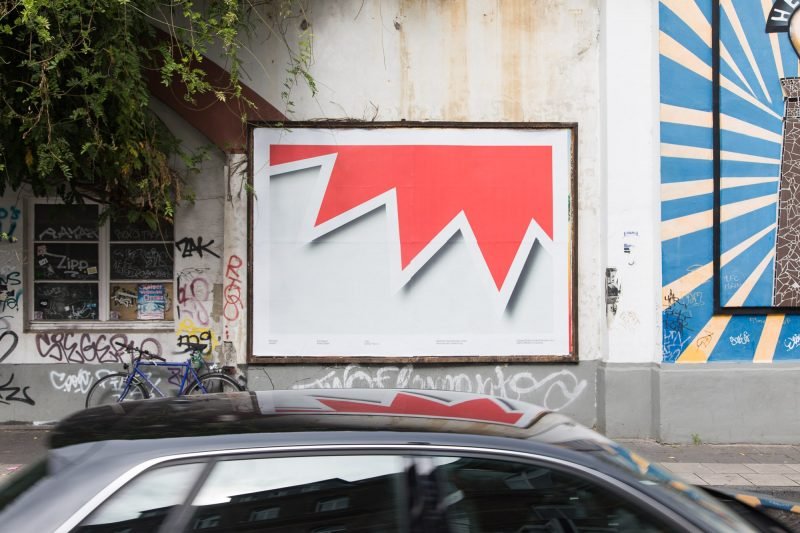São Paulo: Clean City?
 No outdoor advertising. No billboards, no neon signs, the electronic panels. No posters. No flyers. No ads on buses. No ads on trains. That’s São Paulo these days, Brazil’s largest city and the most populous one with 11 million inhabitants. According to Wikipedia, “São Paulo exerts strong regional influence in commerce and finance as well as arts and entertainment.”
No outdoor advertising. No billboards, no neon signs, the electronic panels. No posters. No flyers. No ads on buses. No ads on trains. That’s São Paulo these days, Brazil’s largest city and the most populous one with 11 million inhabitants. According to Wikipedia, “São Paulo exerts strong regional influence in commerce and finance as well as arts and entertainment.”
Mayor Gilberto Kassab is the big man behind huge changes in the São Paulo cityscape. His Clean City law has banned all outdoor advertising and regulates sizes and areas of commercial stores. This measure was taken to reduce the visual pollution caused by more than 8,000 advertising expressions in the city. Billboards, neon signs and large panels were part of everyday life of the inhabitants. The Clean City law generated controversy, leaving many people working in the advertising industry unemployed. However, the majority of citizens agree with the law and consider it a great improvement to the city. A new city arose behind the advertising panels. Old buildings that seemed to be forgotten returned into the cityscape.

The big problem is still the metal structures that supported the advertising. They were not removed, as the law doesn’t allow them to be withdrawn. Tony de Marco, a Brazilian graphic designer, photographed these structures. His work manifests the impression that the city has become empty, like a futuristic movie, leaving no civilisation there… just abandoned. Currently his work is part of the exhibition ‘Brazil Contemporary’ at the Dutch Photomuseum in Rotterdam. The purpose of the Clean City law was to create a better city, with better quality of life and seeking connection with ecological issues. This fight is only the beginning, there are still many measures that mega cities need to think and take. But at least it was time to start…



